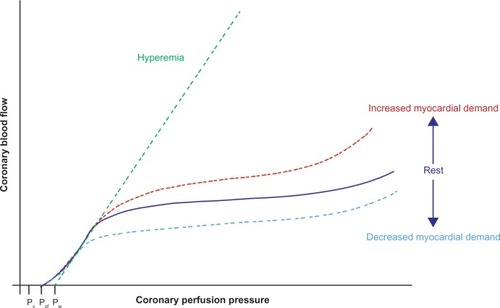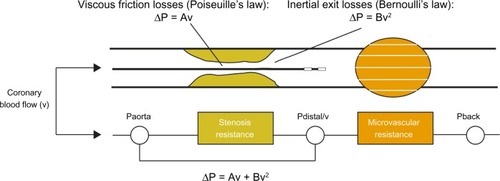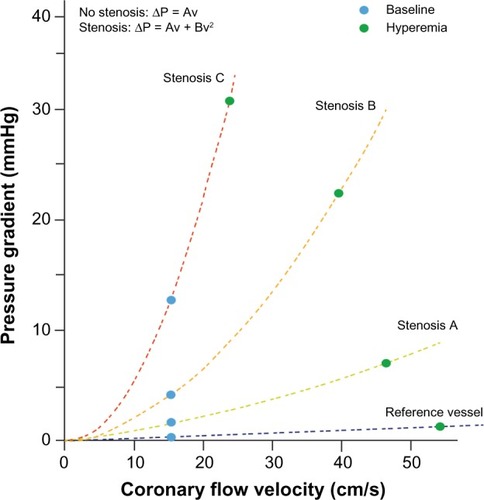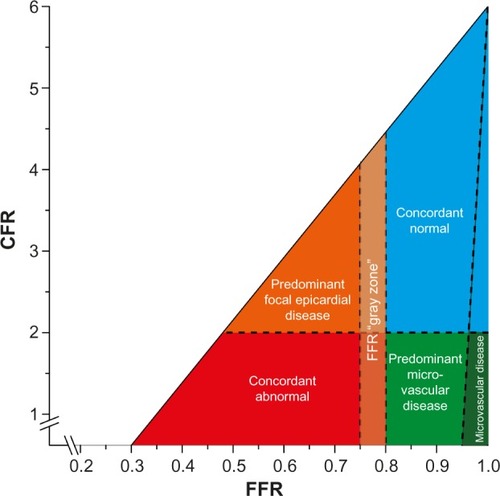Figures & data
Figure 1 The coronary pressure–flow relationship.

Figure 2 Resistance model of the coronary circulation.

Figure 3 Pressure gradient–flow velocity relationship.

Figure 4 Conceptual plot of the fractional flow reserve (FFR)–coronary flow reserve (CFR) relationship.

